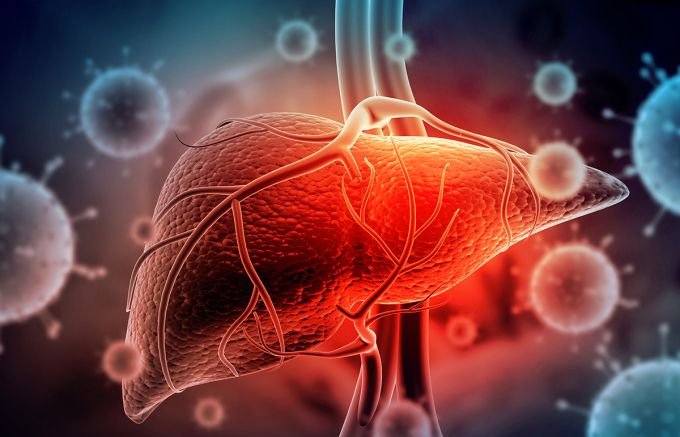
Hepatitis and cirrhosis are both diseases that affect the liver, with very similar symptoms.
Other symptoms of acute hepatitis include bleeding gums, edema (or swelling) in the legs, sleep disturbances and loss of consciousness.
Hepatitis: is inflammation of the liver and can be caused not only by viruses such as hepatitis B but also by a range of other factors.
Hepatitis virus is a common cause of cirrhosis.
Cirrhosis: is scarring of the liver.
Common causes of cirrhosis include alcoholic liver disease and hepatitis C. Cirrhosis can also be caused by diseases other than hepatitis, including hemochromatosis (an inherited iron overload disease), alpha deficiency
Alike
Both hepatitis and cirrhosis are liver-related conditions in which liver function tests show abnormalities.
Different
There are important differences between hepatitis and cirrhosis, even though they may have the same cause.
Reversibility: cirrhosis (scarring) is irreversible, while hepatitis is reversible depending on the cause.
Blood test: liver enzyme indexes such as AST and ALT are often very high when there is hepatitis, especially acute hepatitis.
Conditions other than hepatitis can lead to cirrhosis for example hemoglobinopathies, alpha-1-antitrypsin deficiency and many more can lead to cirrhosis.
Treatment: with hepatitis, the goal is often to relieve the disease, for example by treating an infection, eliminating a drug that causes drug-induced hepatitis, or losing weight and increasing metabolism with infectious hepatitis
Symptoms: portal hypertension leading to esophageal varices, an enlarged spleen, low platelet count and low protein levels in the blood (leading to other problems) is more common in cirrhosis than in inflammatory disease
Many causes of hepatitis leading to cirrhosis are reversible in the early stages with good medical care.






